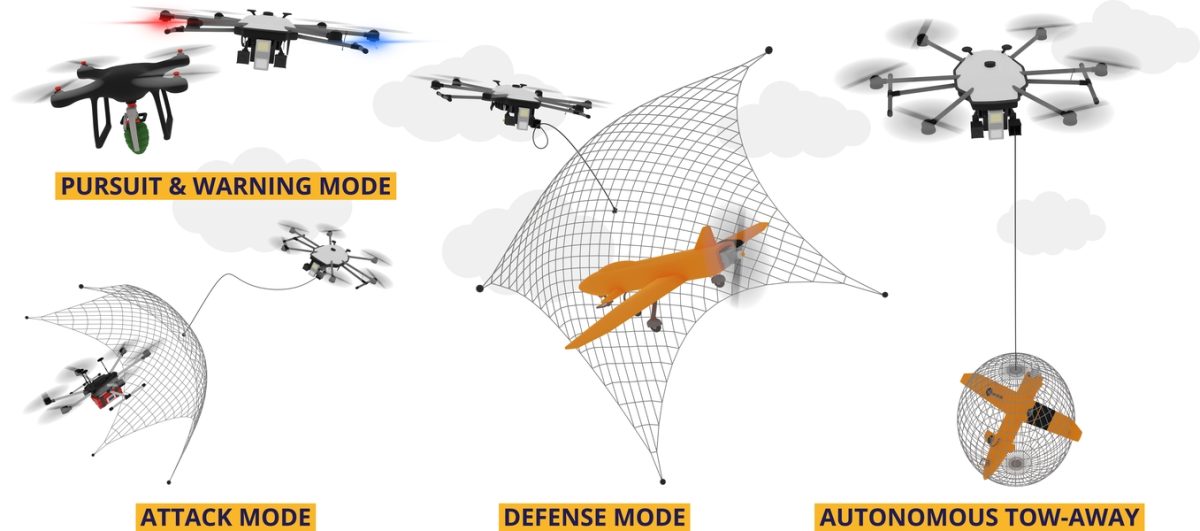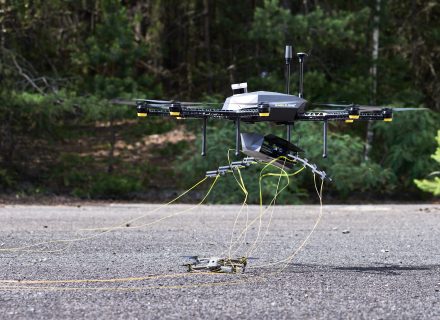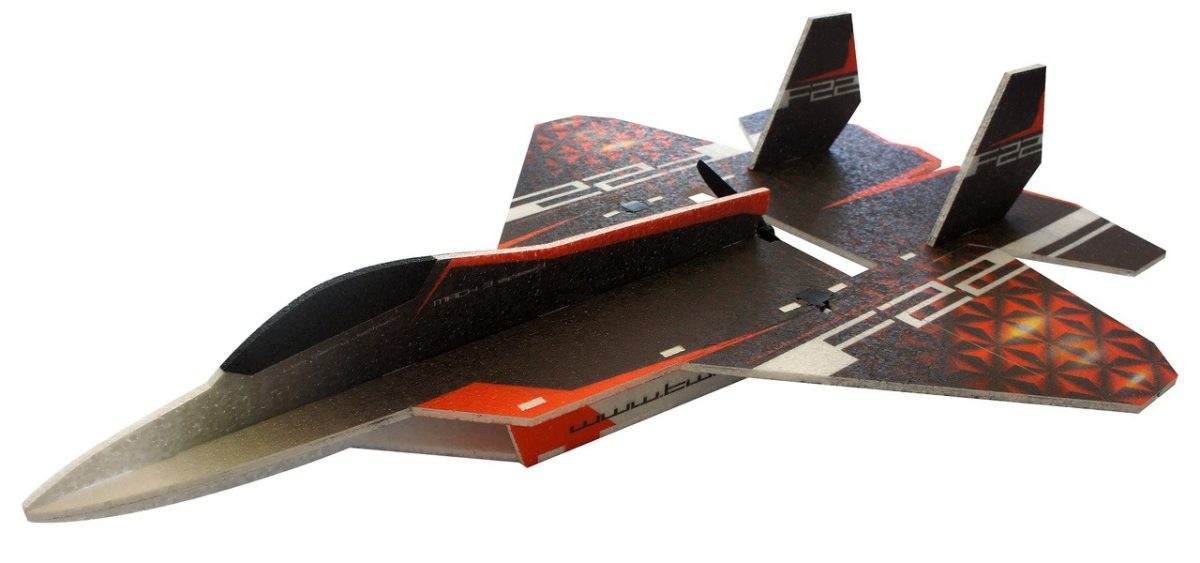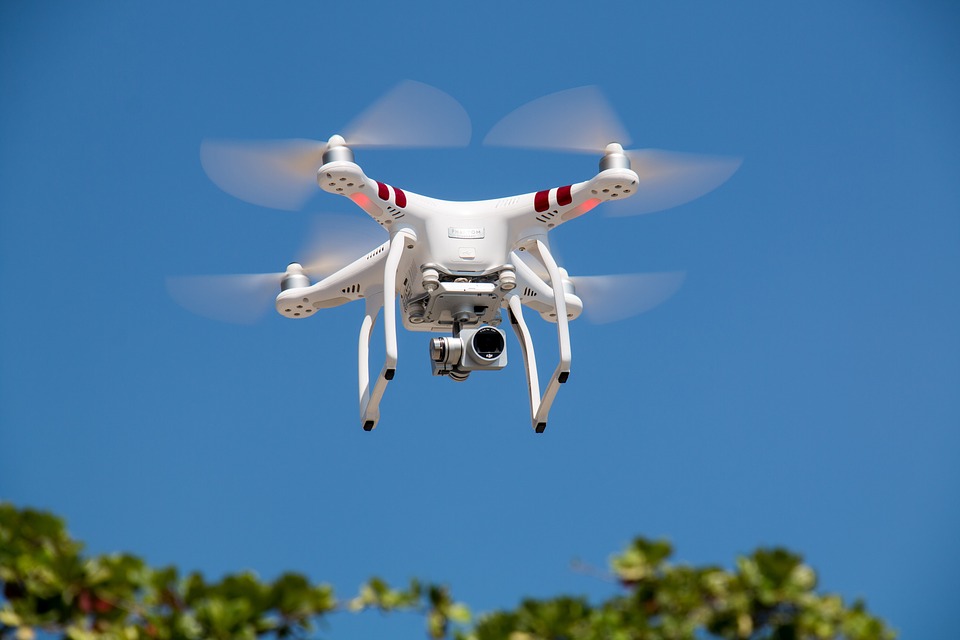Introduction
To respond to the evolving threat landscape, ELT Group has launched its new C-UAS (Counter-Unmanned Aerial System), which has been introduced in the form of KARMA (Kinetic Anti-drone Mobile Asset).
KARMA has been adapted for rapid deployment and implementing AI capabilities, giving it significant advantages over its predecessors like ELT’s earlier system, Adrian (which has been functional since 2015).
KARMA has already been able to identify Class 1 and Class 2 UAS platforms, proving its accuracy and potential.

A Ghost Drone that Kills UAVs
KARMA was built with a goal to ensure security of military assets and important infrastructure in various kinds of threat environments.
The system does not use a design that implements radar into its process, which makes it much harder to detect. This makes it virtually impossible to find through the use of signals while still monitoring its surroundings. This is crucial in modern warfare, which involves the use of electromagnetic signals.
KARMA’s newest system consists of a “Track While Scan” capability, giving it an uninterrupted 360° view of its surroundings through an IR camera suite.

The new system is also equipped with AI, within a Command and Control module (C2), which makes it accurate in UAV detection and UAS classification. This C2 suite also includes a Human-Machine Interface (HMI), which helps give the operator a full-time Local Air Picture (LAP). The AI machine located inside of the HMI also helps continually process its surroundings and optimize threat recognition and identification.
After the threat has been identified, the drone processes the target designation data in its Fire Control System (FCS). After preparing the net, KARMA relays the information to the human operator of the drone, who makes the final decision whether to launch the net or to call off the attack. This helps ensure that, in the end, humans are the ones responsible for the kinetic engagements.
Electronic Warfare Improvements
When we look at KARMA’s system from an electronic warfare perspective, we can see that KARMA uses a high-fidelity RF sensor to intercept and analyze drone communication. This helps the drone extract critical metadata from the enemy and analyze the operational patterns of adversaries, helping it understand what it may be up against. KARMA also has a jamming module that is used to disrupt drone communication links through the use of directed RF energy, which effectively neutralizes the threat and forces it to go out of operation.
This enemy neutralization process makes it adapted to swarming threat scenarios, helping ensure layered, redundant countermeasures when in a high-concentration environment.

Conclusion
KARMA’s flexible and adaptable AI-powered has allowed it to connect easily with aerial defense systems. Through the use of various sensors and tools, KARMA becomes adaptable to specific mission needs.
The AI-driven sensor fusion, silent operation, and capabilities of real-time continuous monitoring and tracking make the drone a formidable asset against modern drone threats.
Through further developments to technology such as KARMA, traditional Counter-Unmanned Aerial Systems (C-UAS) can become more efficient, smarter, stealthier, and responsive.
RELATED STORIES:
https://interestingengineering.com/military/ghost-drone-unveiled-to-hunt-uavs?group=test_a
https://www.forbes.com/sites/jeremybogaisky/2024/12/19/phoenix-ghost-drones-ukraine-war/
https://www.nationaldefensemagazine.org/articles/2023/10/26/hunting-drones-with-drones
TAKE ACTION:
Purchase your own similar drone to help take down illegal UAVs: https://fortemtech.com/products/dronehunter-f700/
Work in an aerospace or drone-designing workplace: https://www.indeed.com/q-aerospace-drones-jobs.html vjk=7dbe46104ffb0c06





